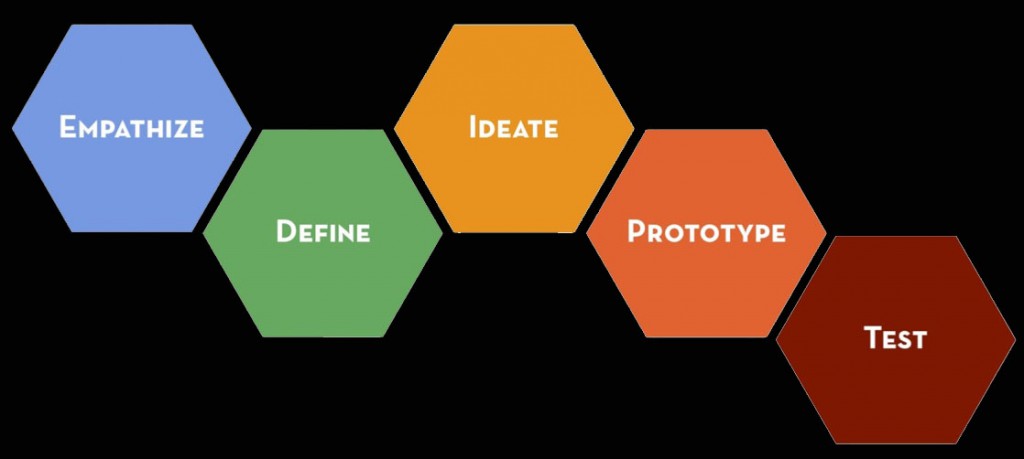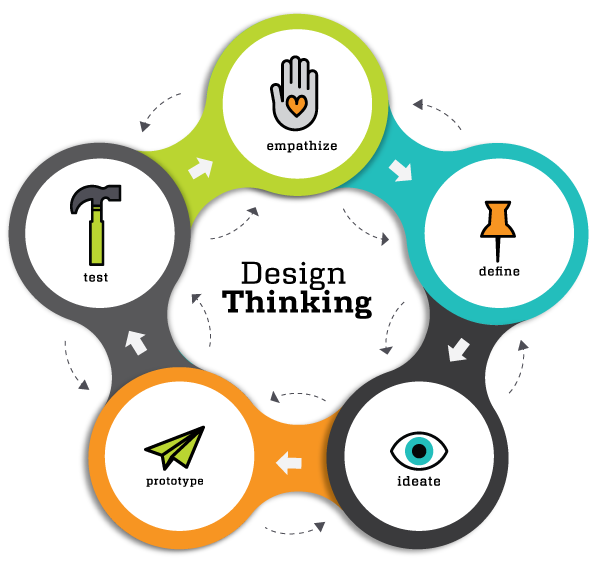Community Service Learning
What is Community Service Learning?
All across Quebec, teachers are working with students to be active citizens that make a positive difference in their school and wider community. These projects include:
- Intergenerational collaborations that celebrate local stories and heritage
- Promotion of environmental sustainability
- Increased awareness of health and wellbeing
- Youth mentorship in transition to primary and secondary school
Community Service Learning is a proven teaching strategy that helps students acquire subject-specific and cross-curricular competencies while meeting an authentic community need.
Community Service Learning emphasizes opportunities for reflection that enriches the learning experience, teaches civic responsibility, and strengthens communities.(Source: Service Learning in the K-3 classroom, Vickie E. Lake and Ithel Jones. 2012)
Why Develop a Community Service Learning project?
The combination of experiential learning and the personal satisfaction that students gain from helping others makes service learning an effective teaching and learning tool.
The Benefits of Community Service Learning:- Students apply academic, social, and personal skills as outlined in the QEP’s Broad Areas of Learning, Cross Curricular Competencies and Subject Specific Competencies
- Students make decisions that have real results
- Students grow as individuals by working in cooperative groups
- Students develop a deeper understanding of themselves, their community and society
(from Service Learning in the K-3 Classroom. Vickie E. Lake and Ithel Jones. 2012)
There is evidence that Community Service Learning projects that include opportunities for students to write for an authentic audience supports student learning. Research shows that “teachers who included more authentic literacy activities more of the time had students who showed higher growth in both comprehension and writing”.
-Duke, Purcell-Gates, Hall & Tower, 2006
Planning a Quality Community Service Learning project
Teacher Tools for Planning a Community Service Learning Project:
English Templates
Think Big (Brainstorm) - Download File
CSL Project Planner Brainstorm - Download File
Student Voice - Download File
Curriculum Connections - Download File
Partnerships To Do List - Download File
Timeline.pdf - Download File
French Templates
<<Think Big>>- Brainstorm - Download File
AEC Synthese Projet - Download File
Voix Élèves - Download File
Curriculum FR - Download File
Partenaires FR - Download File
Échéancier FR - Download File
Planning a Community Service Learning project using design thinking process.
We suggest that you use the iterative process as described by Design Thinking. This methodology places users and their needs at the centre of a problem-solving process. Design Thinking produces real-world solutions in concert with a community and the problems people encounter in their day-to-day life.
The Design Thinking process itself has had several different representations throughout the years.
For example, Tim Brown, the CEO and President of IDEO, synthesizes the Design Thinking process in 3 phases:
- Inspiration to identify, define, and address a problem in order to provide meaningful solutions.
- Ideation, or, the process of rapidly prototyping or developing numerous, suitable ideas to address a problem. This includes conceptual and practical solutions.
- Implementation of one, many, or all of these prototypes and reviewing which ideas are successful or not. These last two stages are iterative - an idea can become a prototype which leads to a new idea or adaptation which leads to a new prototype - which hopefully results in a worthwhile solution.
This video, by VOX, provides some additional context to the Design Thinking process and features an interview with Tim Brown.
According to the d.school of Stanford University, there are five steps to the design thinking process.

Another example that is similar yet different comes from the IDEATE High Academy:
1 - Empathize: Meet and discuss with a community to understand their way of life, their outlook, their feelings, and their suggestions in order to understand the problems that affect their way of life.
2 - Define: Combine the results from the process of empathizing with the community and define as clearly as possible the problems that need solutions.
3 - Ideate: Generate as many relevant ideas as possible, whether they be silly, original, creative, or common to resolve the problem at hand.
4 - Prototype: Make a model of one possible product that may resolve the problem. It may be created out of one or several of the ideas that were previously generated.
5 - Test: Observe the shortcomings of the prototype by testing it in the environment it was designed for, modify and re-test the prototype based on user input, or review your priorities and produce a new prototype.
Tools for Teachers
We have developed some tools to help you plan a pilot project for engaging students in addressing an authentic community need. and its needs using Design Thinking.
Graphic Organizers for Project Planning - Download![]()
Poster: Rules for Brainstorming - Download![]()
Poster: Guidelines for Prototyping - Download![]()
Planning a Community Service Learning project using design thinking process.
We suggest that you use the iterative process as described by Design Thinking. This methodology places users and their needs at the centre of a problem-solving process. Design Thinking produces real-world solutions in concert with a community and the problems people encounter in their day-to-day life.
The Design Thinking process itself has had several different representations throughout the years.
For example, Tim Brown, the CEO and President of IDEO, synthesizes the Design Thinking process in 3 phases:
- Inspiration to identify, define, and address a problem in order to provide meaningful solutions.
- Ideation, or, the process of rapidly prototyping or developing numerous, suitable ideas to address a problem. This includes conceptual and practical solutions.
- Implementation of one, many, or all of these prototypes and reviewing which ideas are successful or not. These last two stages are iterative - an idea can become a prototype which leads to a new idea or adaptation which leads to a new prototype - which hopefully results in a worthwhile solution.
This video, by VOX, provides some additional context to the Design Thinking process and features an interview with Tim Brown.


 FACEBOOK
FACEBOOK TWITTER
TWITTER
 INSTAGRAM
INSTAGRAM LINKEDIN
LINKEDIN